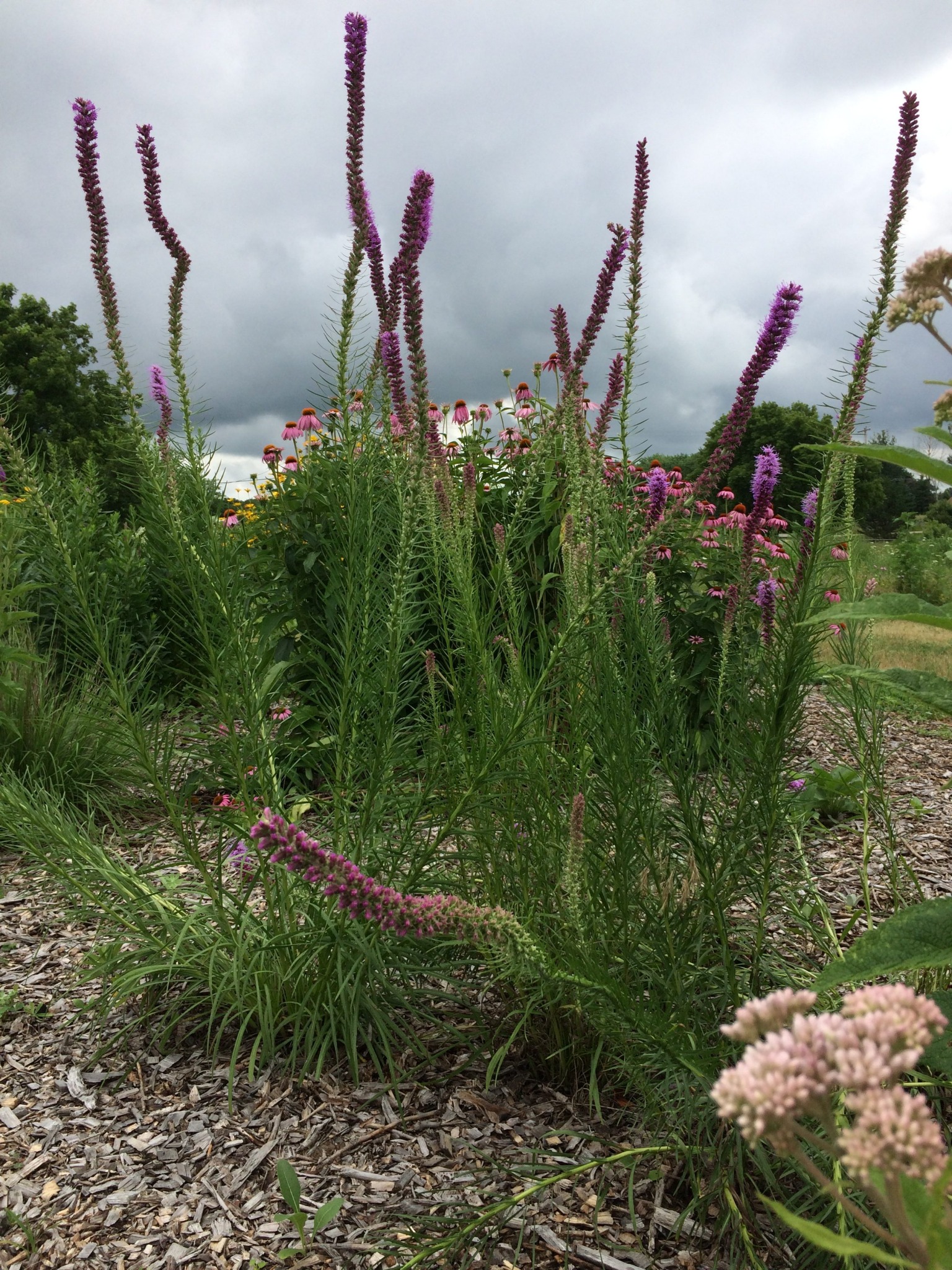Description
OUT OF STOCK
Tall, erect, purplish- pink spike in August-September
Tall, erect, purplish- pink spike in August-September
OUT OF STOCK
Tall, erect, purplish- pink spike in August-September
Spikes of yellow pea-like flowers in spring cover this broad plant – really makes you say “awe” or “oooh” when it blooms. All season resembles a shrub, flowers turn into round seed pods the size of a marble. This is a legume that improves soil fertility by making nitrogen available to the Baptisa and surrounding plants.
Size: 3’ x 3’
Care: sun to part shade in moist well-drained to dry soil.
Native: Missouri to Mississippi to TX
Wildlife Value: Attracts butterflies. Deer resistant
Awards: Missouri Botanic Garden Plant of Merit.
Baptisia is Greek meaning “to dye” referring to use of Baptisia australis as a substitute for indigo dye. Sphaerocarpa means “round seed.” Collected before 1834 by Thomas Nuttall (1786-1859) English planthunter who scoured the US from the Atlantic to the Pacific.
“Bloom profusely” majestic, white daisies cover imposing, cheerful plant, August – September
Size: 5-6' x 3'
Care: full sun to part shade in moist well-drained soil.
Native: Maine to Florida, west to Texas and north to North Dakota and all areas in between
Wildlife Value: Supports over 40 bee species, moths, butterflies, and wasps.
Named in honor of 18th century English botanist, James Bolton. Asteroides means resembling as aster. Species introduced in 1758. Recommended for fall blooms in Wisconsin State Horticultural Society Annual Report, 1911.
Brilliant orange with purple spots, turks-cap lily with dramatic, swept-back petals blooming late summer to early fall. Slow to mature but when it does it bears up to 40 flowers on one plant.
Size: 10’ x 12”
Care: Sun in moist to moist-well-drained, acidic soil
Native: from VT to Fl & west to Mississippi River, Wisconsin native
Lilium was named for the Greek word for smooth, polished referring to its leaves. This collected before 1665. In his 1665 book, Flora, seu de Florum Cultura John Rea, nurseryman and author, called it the “Virginia Martagon.” Sold in America’s 1st plant catalog, Bartram’s Broadside, 1783. L.H. Bailey (1913): “The most magnificent and showy of native North American species, well worthy of extensive cultivation.”
Purplish-blue spikes from July to October, very fragrant.
Size: 2-3' x 12"
Care: Full sun in well-drained soil, heat and drought tolerant.
Native: North America
Wildlife Value: Skipper butterflies and Rusty patched Bumble Bees love Anise hyssop’s nectar, Deer resistant.
The name Agastache is from Greek agan and stachys meaning much like an ear of wheat referring to the shape of the flower spike. Anise hyssop leaves were used by American Americans of the Missouri River region to make tea and as a sweetener in cooking. For Cheyenne it relieved chest pain due to coughing or to a dispirited heart. Listed as an aromatic herb in Bernard McMahon’s 1805 book, American Gardener’s Calendar.

